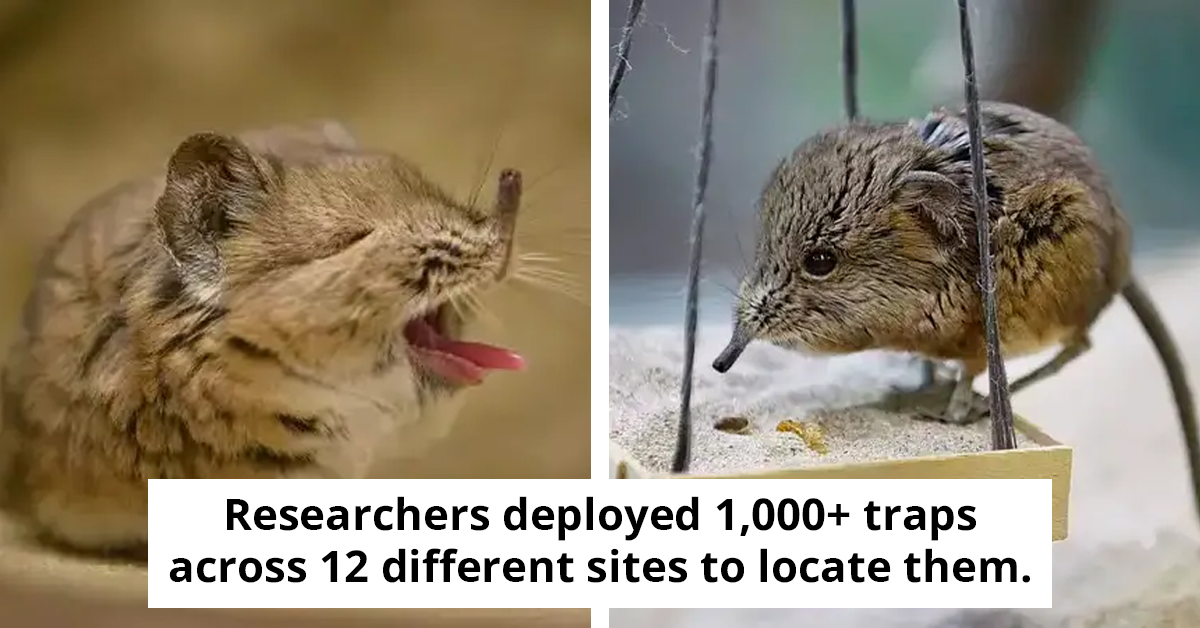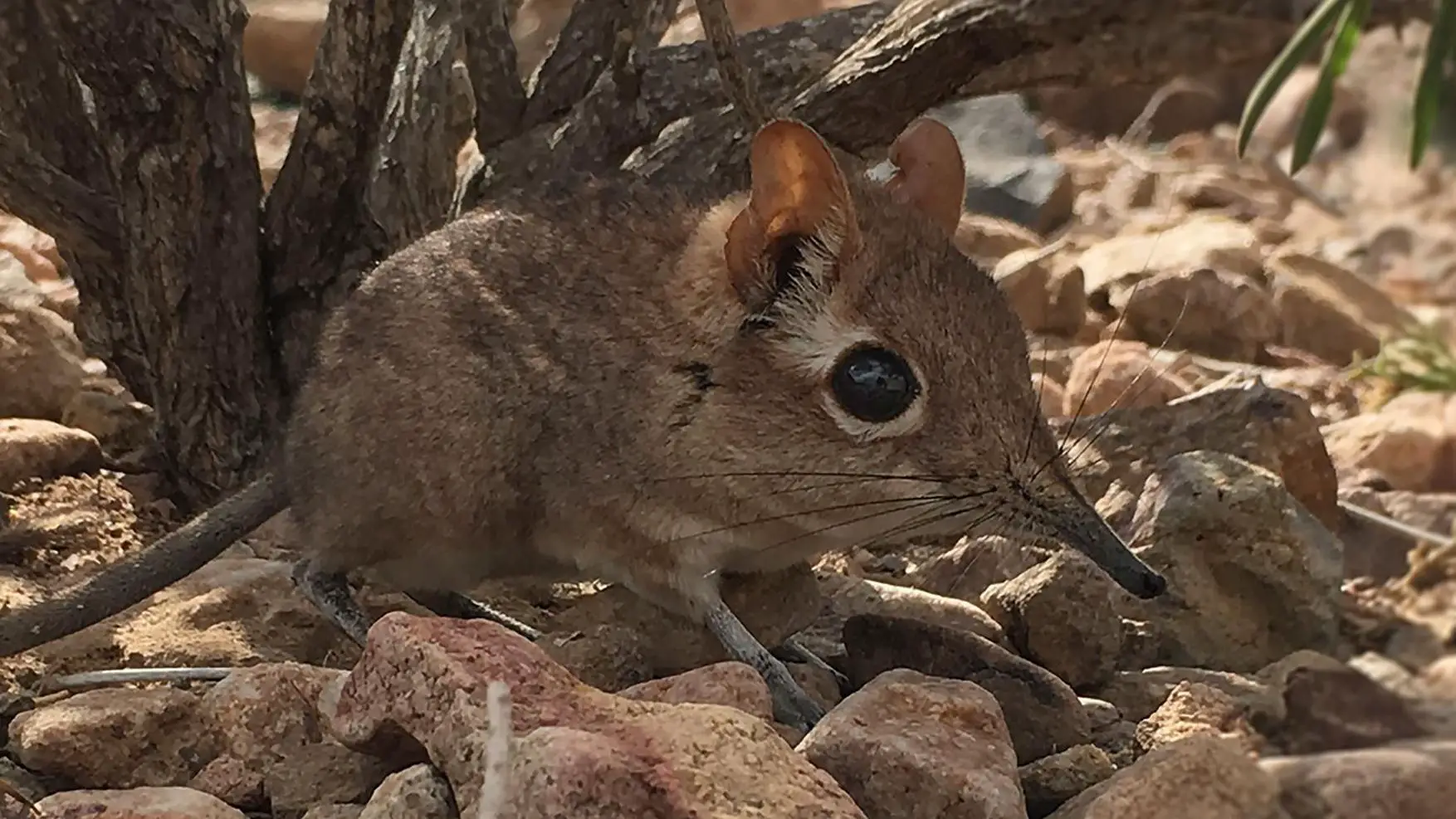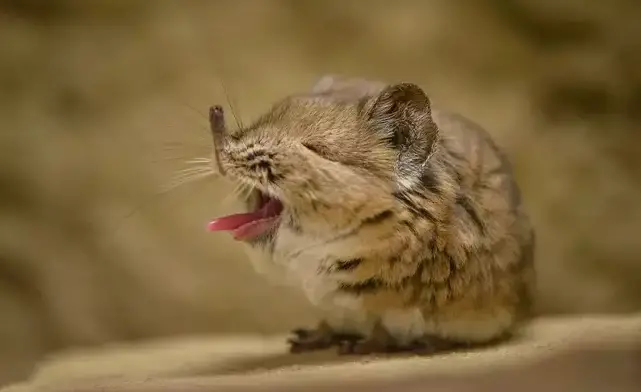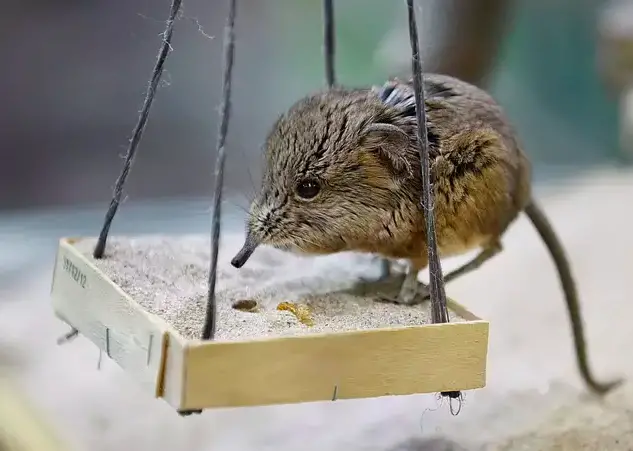
Tiny Elephant Shrew Spotted Alive After 50-Year Absence
The story of the sengi shows us how tough and adaptable nature can be.

In an age where conservation headlines often speak of loss and decline, a spark of hope has flared with the remarkable rediscovery of the elephant shrew, a species last spotted in the wild over fifty years ago. This small, seemingly inconsequential creature had vanished from sight, leading experts to fear it might have slipped away forever.
However, recent efforts in Djibouti, a nation nestled in the Horn of Africa, have brought the elephant shrew back from the brink of being forgotten and highlighted the resilience and surprises that nature still holds.
The elephant shrew, or "sengi," is neither a true shrew nor an elephant, but these tiny mammals hold a closer genetic link to much larger creatures like elephants, aardvarks, and manatees. Characterized by a distinctive long nose resembling a miniature elephant's trunk, sengis have charmed those lucky enough to study them.
Despite their elusive nature, a dedicated team of researchers has successfully located these creatures, renewing hope for their conservation and sparking interest in their unique ecological niche. The rediscovery occurred during a meticulously planned expedition where researchers set over 1,000 traps across twelve locations.
The team used an irresistible concoction of peanut butter, oatmeal, and yeast to lure the sengis, which proved exceptionally effective. The sight of the first captured sengi, recognized by the tuft of hair on the tip of its tail, was a moment of triumph and disbelief for the team.
Steven Heritage, a research scientist at the Duke University Lemur Center, shared the moment's emotion with the BBC, recounting the awe and joy of confirming that the sengi was indeed not lost to the world. What makes the sengi's return so significant is not just the rediscovery of a species thought extinct but the broader implications it holds for conservation efforts worldwide.
The story of the sengi shows us how tough and adaptable nature can be and why it's important to keep working hard to protect the environment. It reminds us that saving wildlife can be tough, but it can also bring unexpected and exciting discoveries. This tells us why we need to keep exploring and learning more about the places where animals live.
The adorable creatures known as "sengi" are related to elephants, aardvarks, and manatees, sharing a resemblance in their noses resembling miniature elephant trunks.
 Getty Images
Getty Images
Researchers deployed 1,000+ traps across 12 different sites to locate them.
 Getty Images
Getty Images
A blend of peanut butter, oatmeal, and yeast led to the rediscovery of snegi.
 Image credits PA
Image credits PA"Elephant Shrews dancing in the morning sun "
Rediscovered after 50 years, the Somali Sengi, a tiny creature with elephant-like features and gazelle-like hindlimbs, was found in Djibouti.
This event shows how important it is for local and international groups to work together on conservation projects. The rediscovery in Djibouti wasn't just a win for the scientists; it was a win for the local people and conservationists around the world who support these kinds of efforts.
It’s a great example of how focused research and working closely with communities can lead to surprising and exciting outcomes. The finding of the elephant shrew is a positive story among the often sad news of environmental problems and disappearing species.
It tells us about the amazing aspects of nature and the ongoing curiosity of people who want to discover, understand, and protect the wildlife we share our planet with. As more people get to know and love these tiny, interesting creatures, the hope is that their story will encourage more support for conservation efforts everywhere.
This way, the elephant shrew and many other species won’t just fade away without anyone noticing.
Damjan







